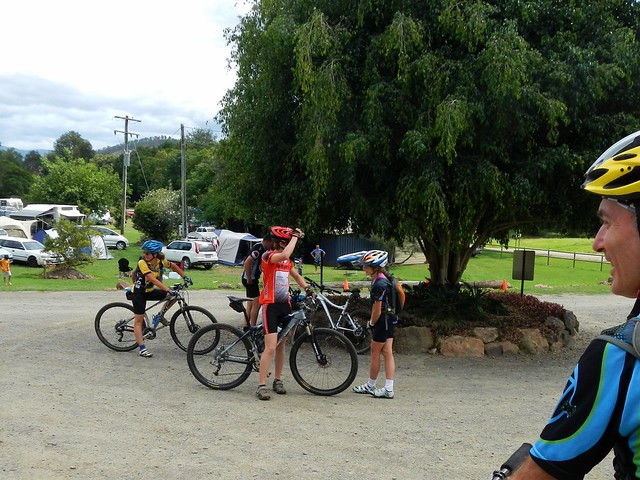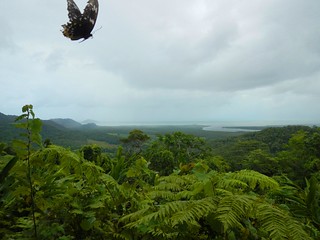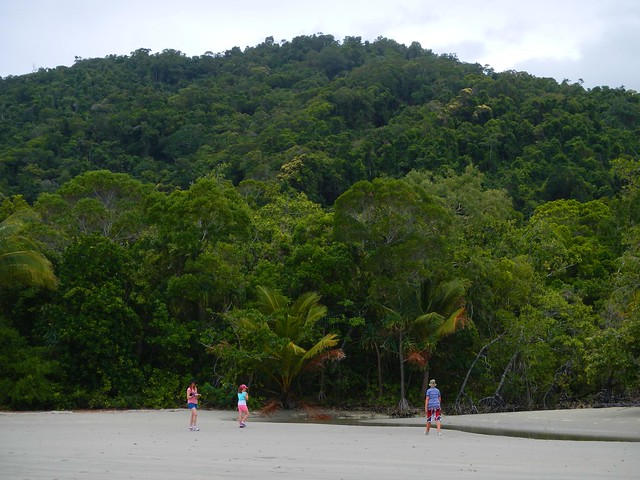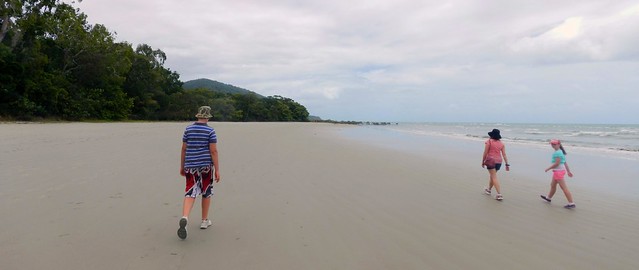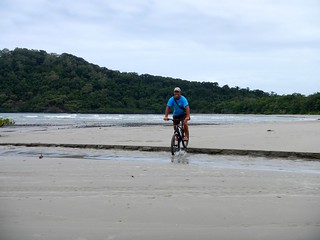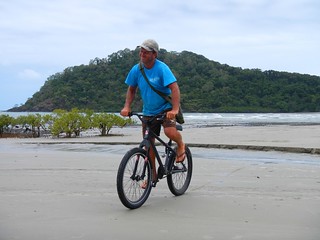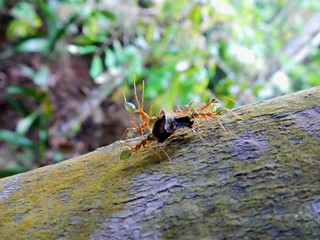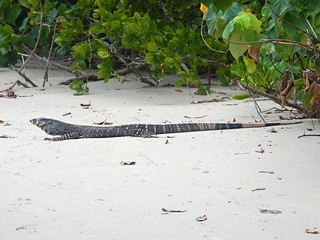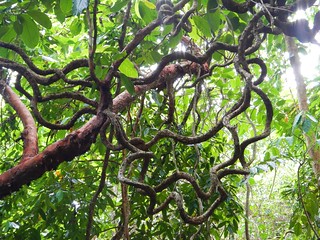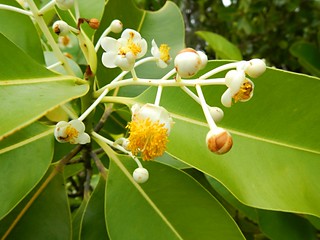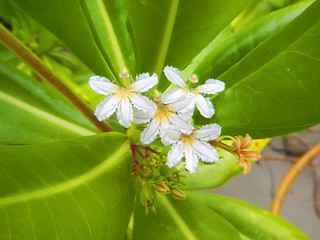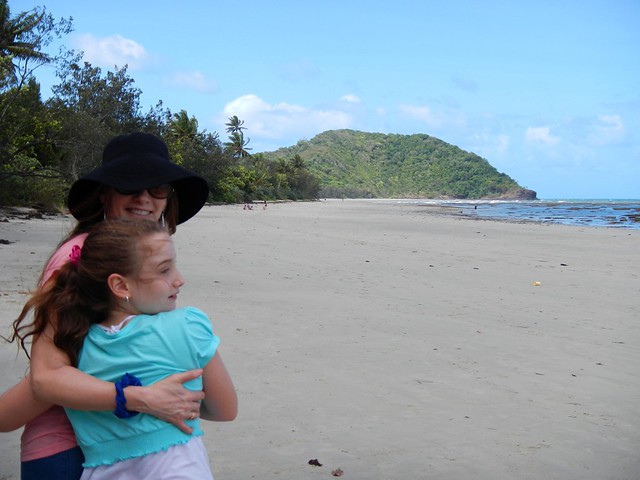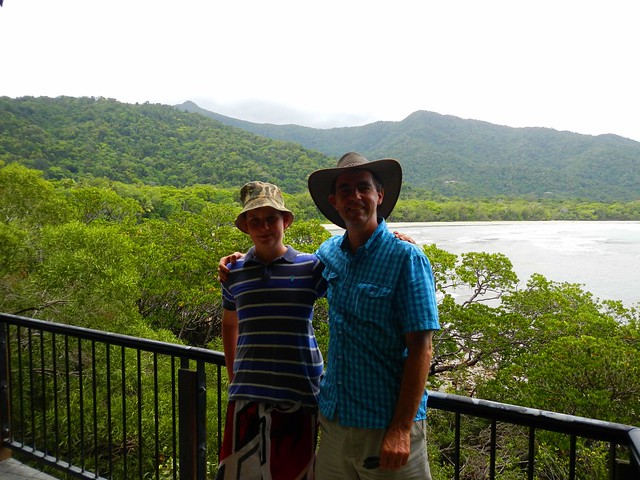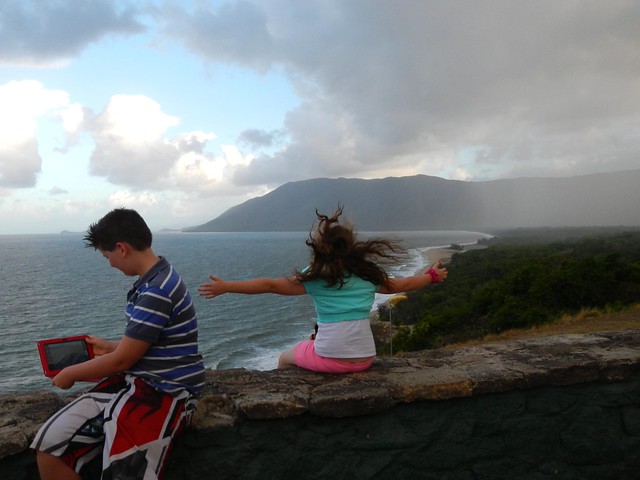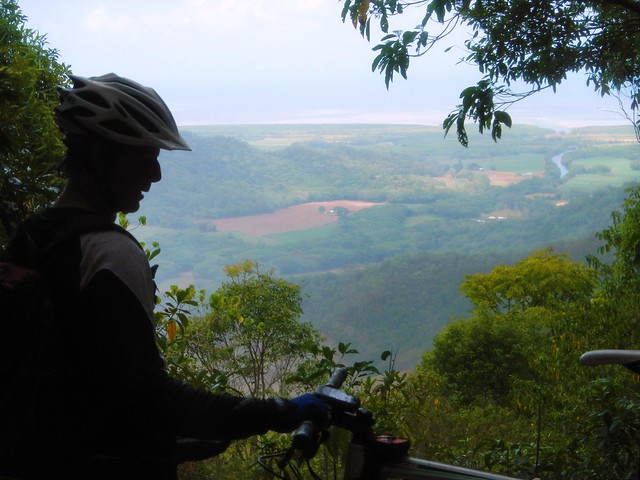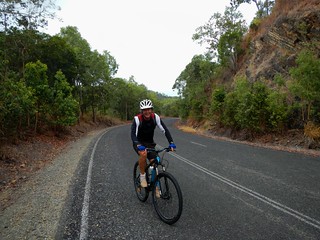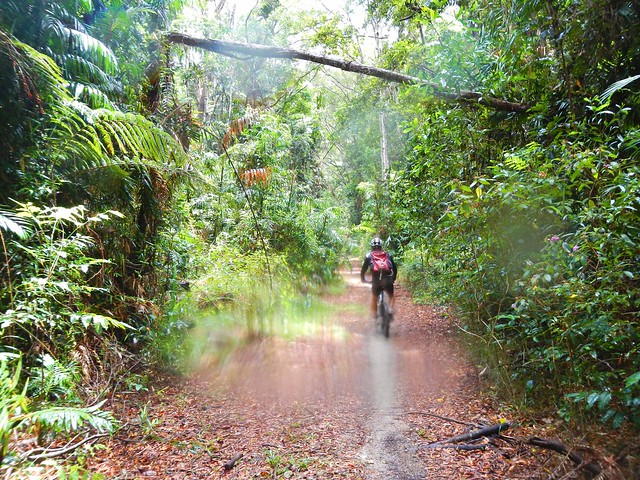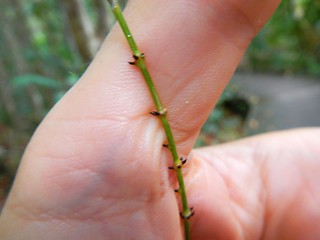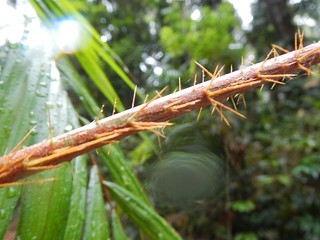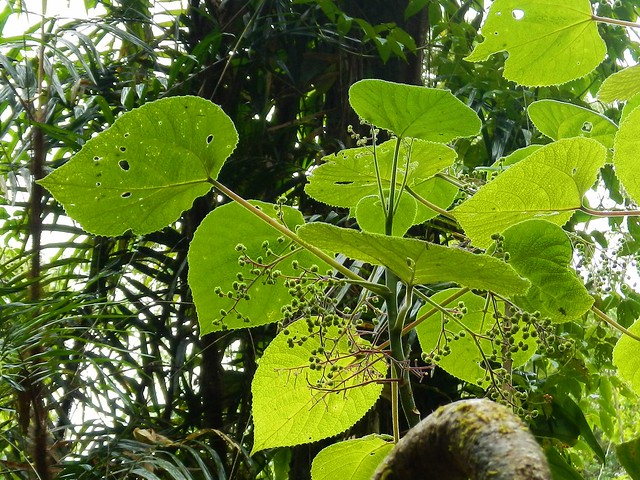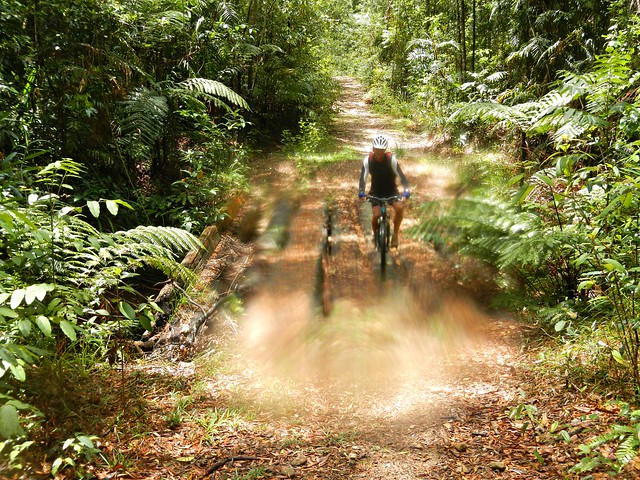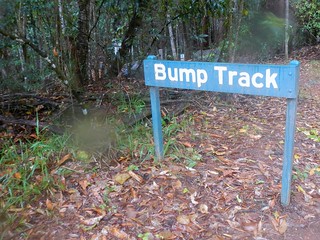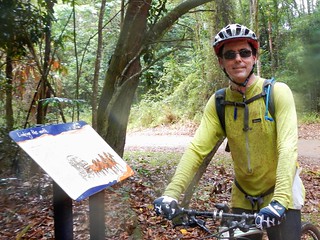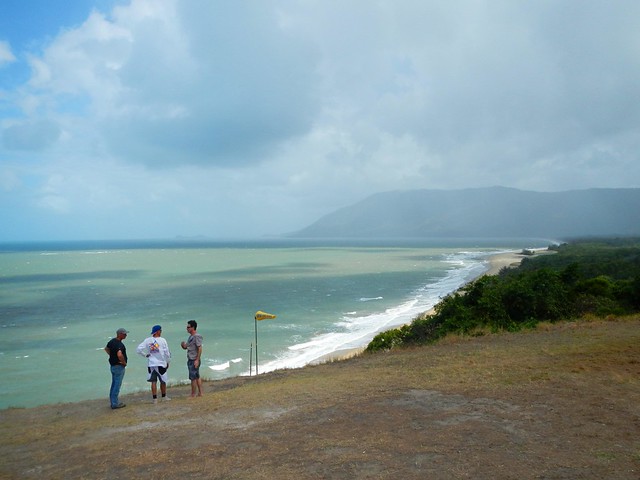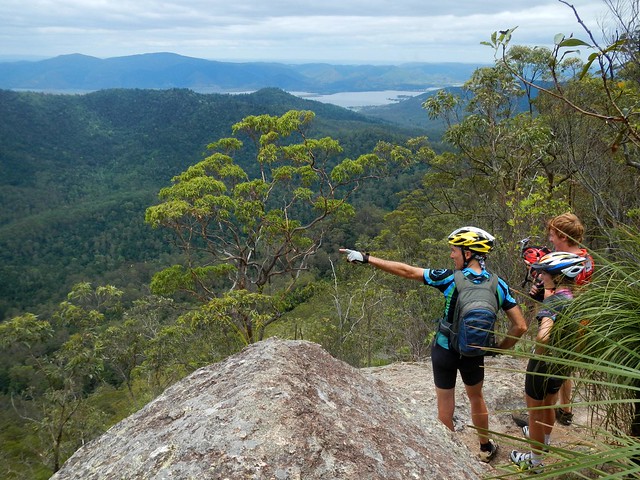
Nick and his family were camping at Neurum Creek Bush Retreat (NCBR), and kindly invited Jason and me to ride with them thorugh the northern section of D’Aguilar National Park.
NCBR is a popular camping spot not far from Woodford, about a one hour drive north of Brisbane. If you pop in there on most weekends, you’ll smell camp fires buring, steak sizzling, and notice dozens of tents, caravans, 4wds and kids happily rolling around the place on their BMX bikes. It’s ideally situated on the border of D’Aguilar National Park, and is a perfect spot for launching a full-day epic exploration.

We started the ride with a long climb up Lovedays Road, ascending 400m in about 8.5km. We had fresh legs, so the climb only took us about 50 minutes. We then got to enjoy a brief downhill respite before starting the next long climb.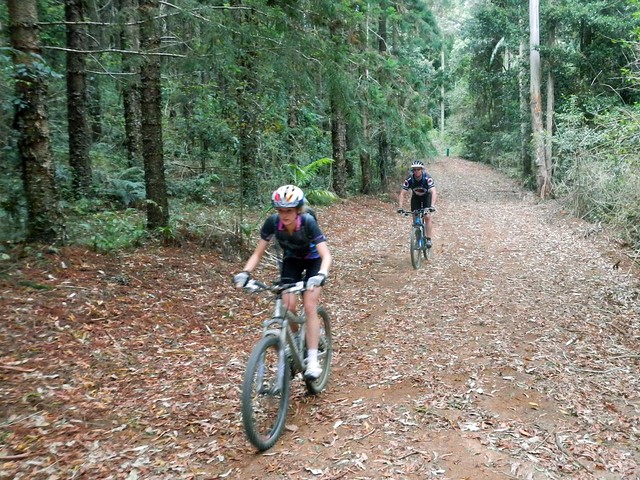
The trail took us through a variety of different types of forest including this Hoop Pine plantation, on the way to the summit at Somerset Lookout.
Eventually, after another hour of climbing, we made it to the lookout on the western escarpment with some spectacular views out towards Somerset Dam.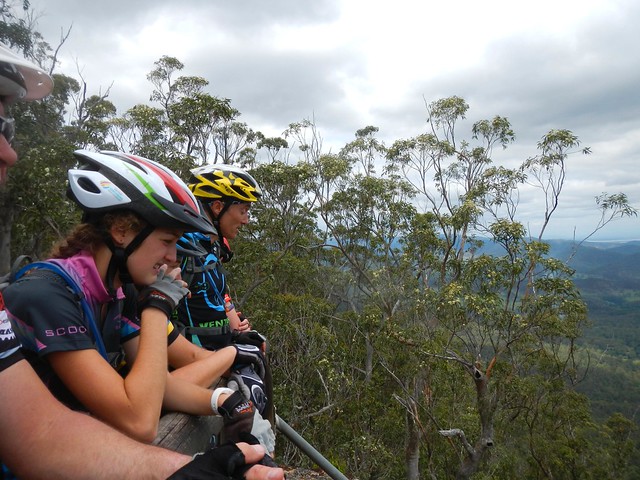
The long climb to the top was worth it for the panorama.
A couiple of Nick’s daughers met us at “The Gantry” with a delicious lunch and a bit of fresh water to top up with. “The Gantry” was once a busy sawmill in the early 20th century when the surrounding forest was logged for Cedar, Eucalyptus and Pine. The quiet lawns around the old sawmill are an idea spot to relax and enjoy lunch.
From the Gantry, we rode down the “Mother of all descents”, dropping almost 500m in the space of 10km, to the beautiful rock pool at Dianas Bath.
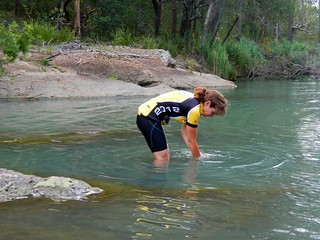
Some of us decided to jump into the cool blue water and wash off the heat, dirt and sweat. Others just had a bit of a paddle on the edge of the pool. It’s a serene place with unusually blue water. And it’s difficult to get to: we had to ditch the bikes and hike about 500 metres through thick scrub to get to the rock pool. It was worth the effort.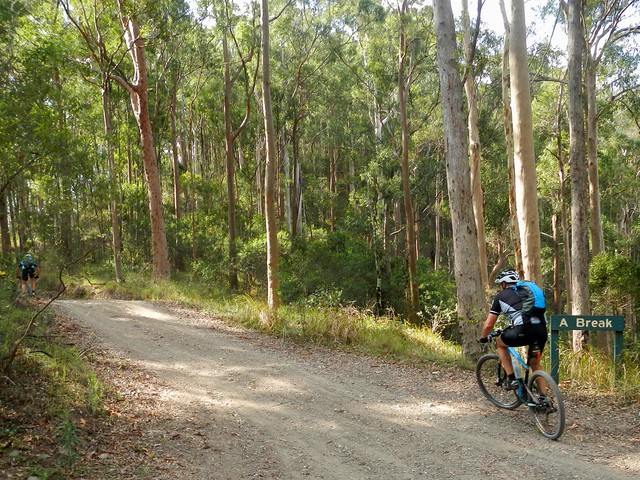
And then the hard work began. The climb from Dianas Bath back to the Gantry is one of the toughest ascents I’ve ever done. After a slow grind to the top of Dianas Bath Road, we then had to contend with the notorious “A-Break”. This heart breaking track has a couple of km of dustry hills with gradients in excess of 30%. It’s exhausting work. I pedalled what I could, and slowly walking up the rest, one step at a time, pushing my bike. I rarely push my bike up hills. If possible I always try to ride them. But this monster beat me.
After an hour and a half of hard uphill work, we finally made it back to The Gantry where we topped up our water and started the final leg back to Neurum.
This ride has a whopping total ascent of 2,200 metres with three big climbs – Lovedays Road, the Climb back from Dianas Bath, and a difficult little grind just before the final descent back to the starting point. The entire 67km trip took us eight and a half hours including breaks, during which I burned over 5,200 kcal. Technically a couple of the descents are challening. Physcially, the climbs are very demanding. You need to be very fit (or slightly insane) to attempt this ride – especially in hot weather. This one rates 10 out of 10 on the tough-o-meter. Complete it, and you can brag about it for years to come. Bring lots of water, food and patient super-human friends.

